
When the Great Depression ended in 1939, millions of American workers, having endured years of unemployment, began demanding job security and a stake in the new prosperity, leading to a radicalism that influenced labor relations—not least in the movie business.
By 1940, Hollywood’s Screen Cartoonists Guild had unionized the town’s major animation departments except Disney’s, despite the fact that the Mouse House employed the vast majority of the industry’s artists.
There was little consistency in Disney studio salaries or perks. The most valued animators were allowed entrance to the so-called Penthouse Club, which included a steam room and a gym featuring a trainer who had competed on the Swiss Olympic team. But “lesser” artists often couldn’t afford to eat in the cafeteria. To make matters worse, the Disney organization reluctantly went public in 1940, selling stock to meet its mounting losses.
Get your history fix in one place: sign up for the weekly TIME History newsletter
Suddenly employees knew what the boss was making: at least five times that of his top people. And the women in the lowly Ink and Paint Department (pretty much the only place where women were allowed) were paid a pittance. “Walt was following a very hardline capitalist model,” says [Stephen Cavalier, author of The World History of Animation]: “the big boss upstairs with the vision, and the worker drones down on the production line.”
Increasingly dissatisfied, Disney’s workers moved toward unionization. For Walt, this was literally unbelievable: Weren’t they all a family? In February 1941, he held a meeting he thought would resolve the issue once and for all. Instead, he inflamed it. “My first recommendation to the lot of you is this,” he said: “Put your own house in order . . . If you’re not progressing as you should, instead of grumbling and growling, do something about it.”
This condescending speech turned more Disney employees to the union cause than ever before. On May 29, 1941, after a valued senior animator named Art Babbitt was fired for joining the union, nearly half the Disney art department walked out. Even as the studio’s stock dropped precipitously because its films were losing money, Walt refused to negotiate. In fact, when Babbitt shouted from the picket line, “Shame on you, Walt Disney!” as Walt drove to work, Disney got out of his car and charged at him.
MORE: How Toy Story Changed Movie History
Disheartened and confused, Walt fell back on a paranoid conspiracy theory, claiming through an ad in the trade paper Variety that the strike was “Communistic.” But he was, for once, powerless. “Animators were highly skilled workers, hard to replace with scabs, which provided them with added leverage,” Gerald Horne, author of Class Struggle in Hollywood: 1930–1950, tells LIFE.
Just as he had done after his nervous breakdown, Walt escaped—this time, to South America. “It gives me a chance to get away from this god-awful nightmare,” he wrote. “I have a case of the D.D.s—disillusionment and discouragement.”
During Walt’s southern sojourn, Elias died. Disney did not return for the funeral, but when he finally reemerged in Los Angeles, Walt discovered that Roy had resolved the strike, giving the workers almost everything they had asked for. But nothing would ever be the same— not least because on December 7, 1941, the Japanese bombed Pearl Harbor, sending a shocked America reeling into World War II.
From the start, Walt’s perspective on the conflict had been uninformed. (When asked how the war might affect the studio, he replied: “What war?”) But after half the studio was requisitioned as a base for antiaircraft troops, Walt threw himself into making government training and propaganda films. (The most popular was arguably Der Fuehrer’s Face, in which Donald Duck dreams he’s working in a German munitions factory.)
See Photos of Disneyland When It Opened in 1955

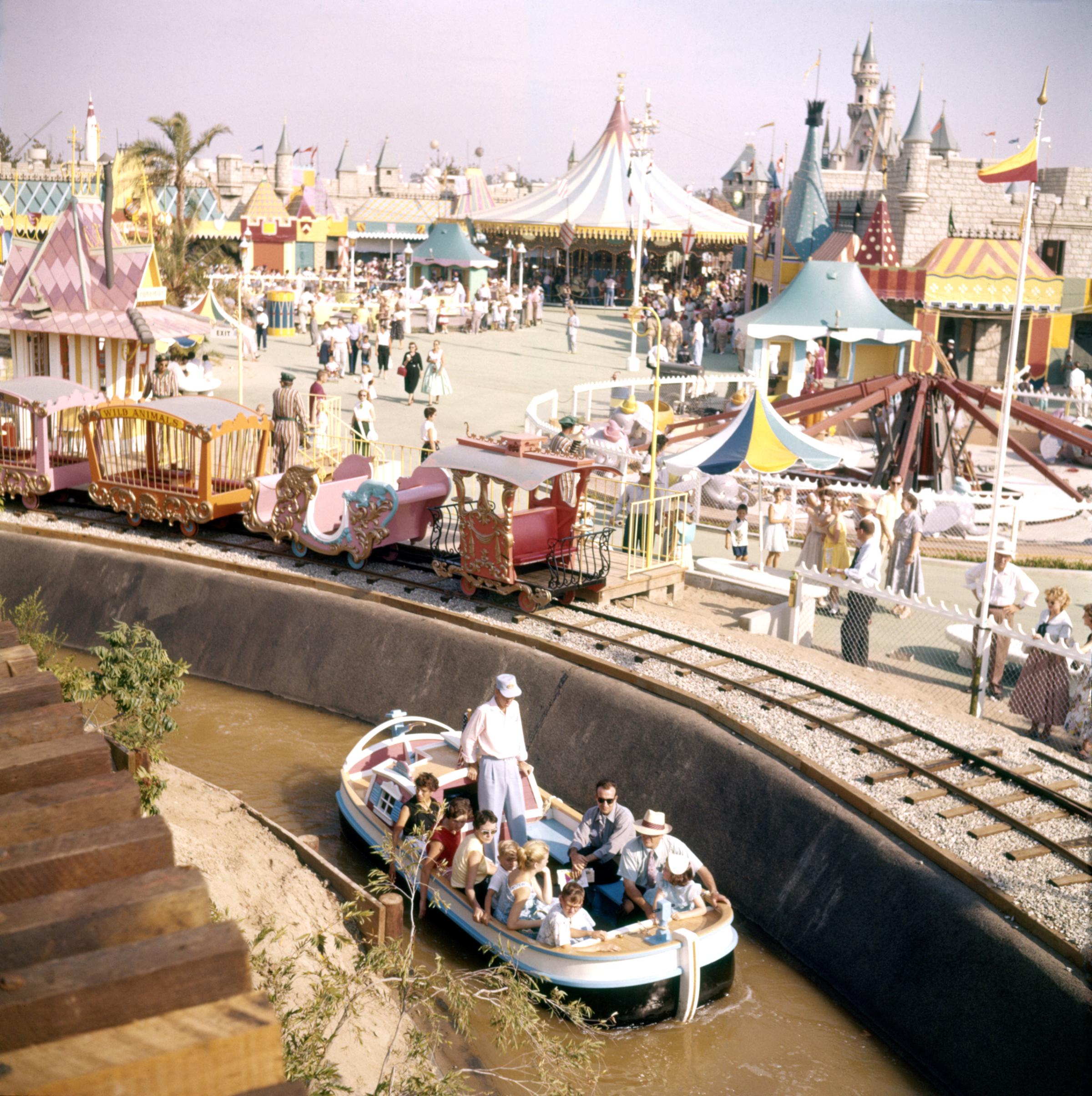

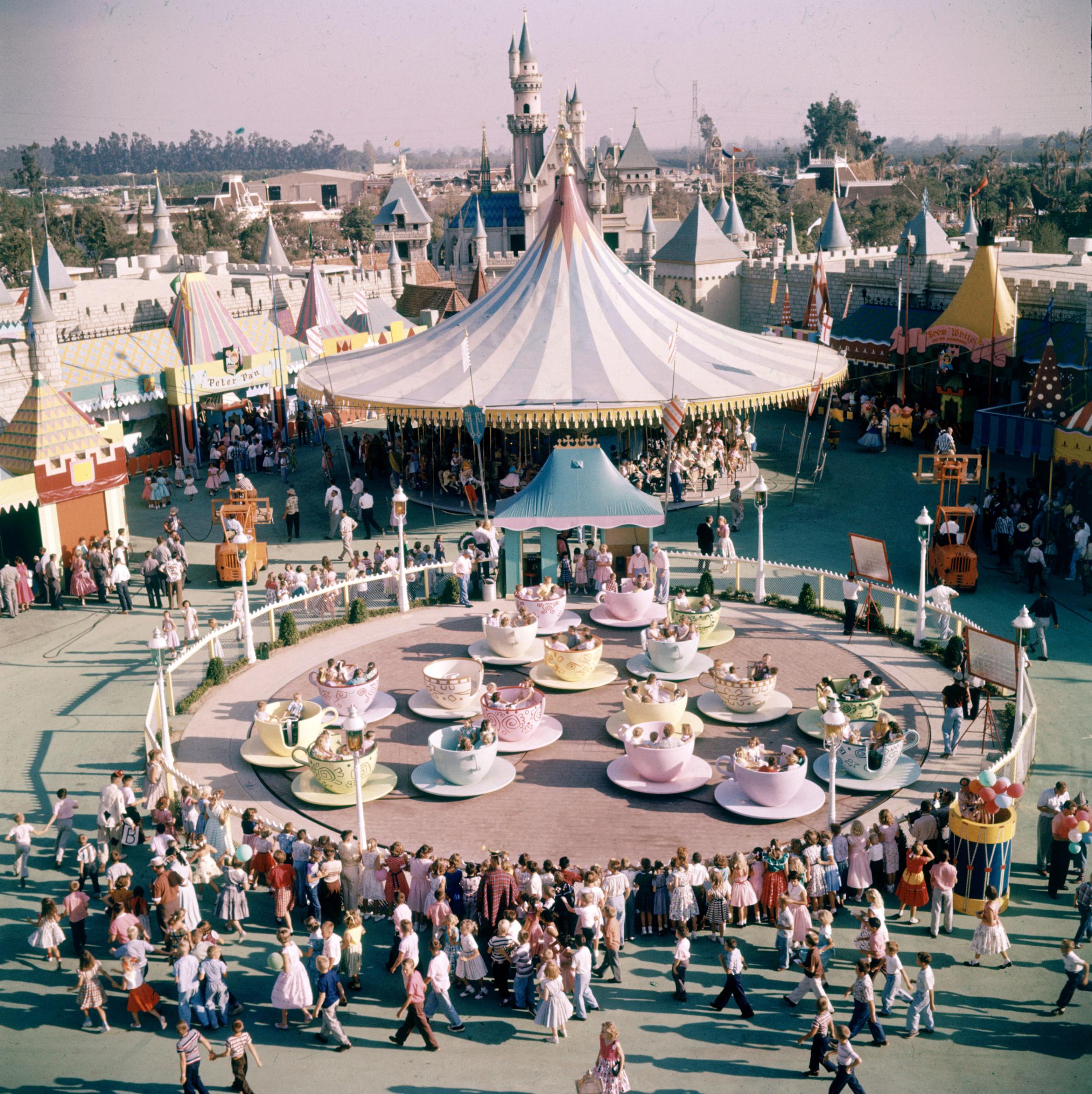
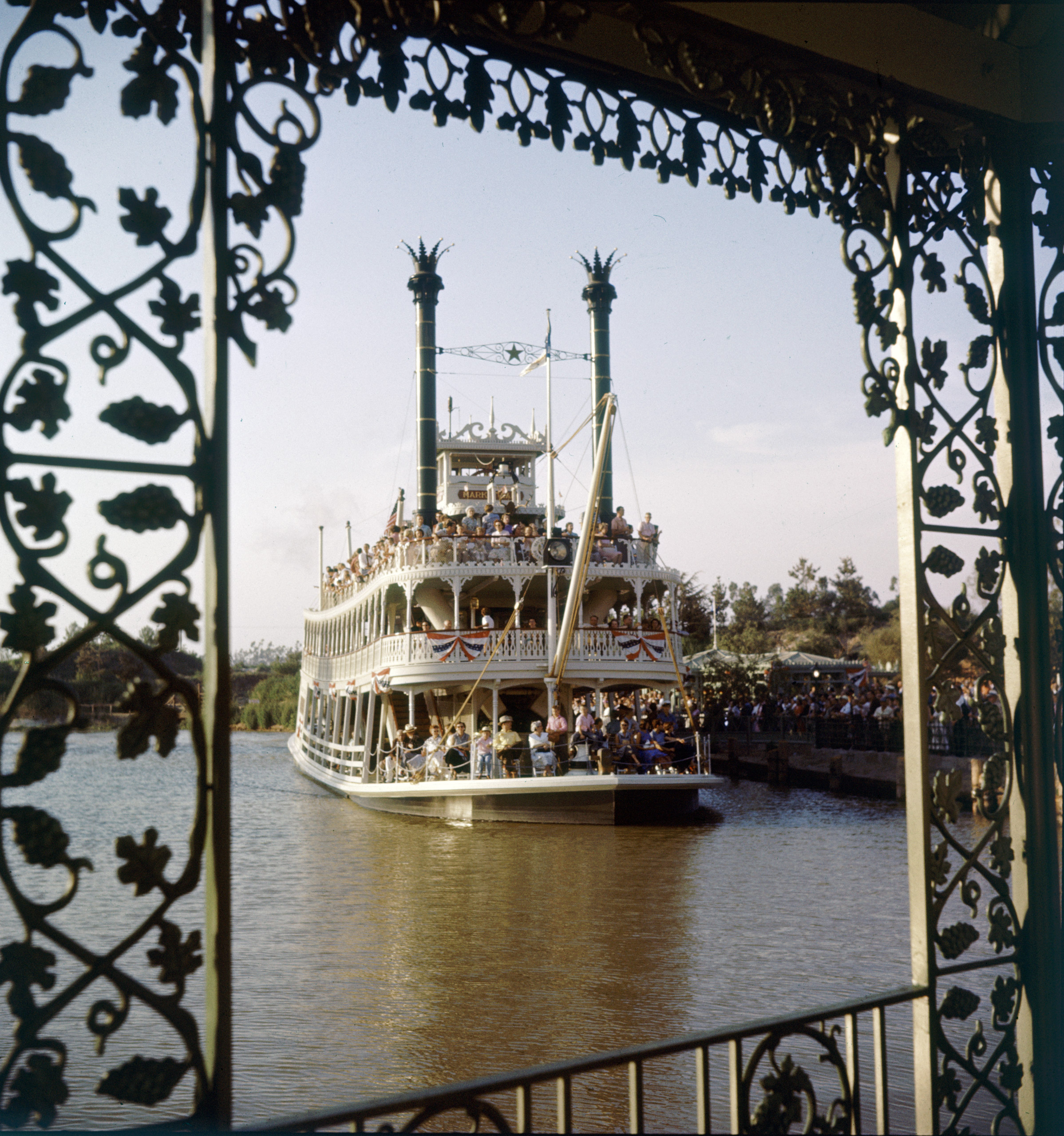
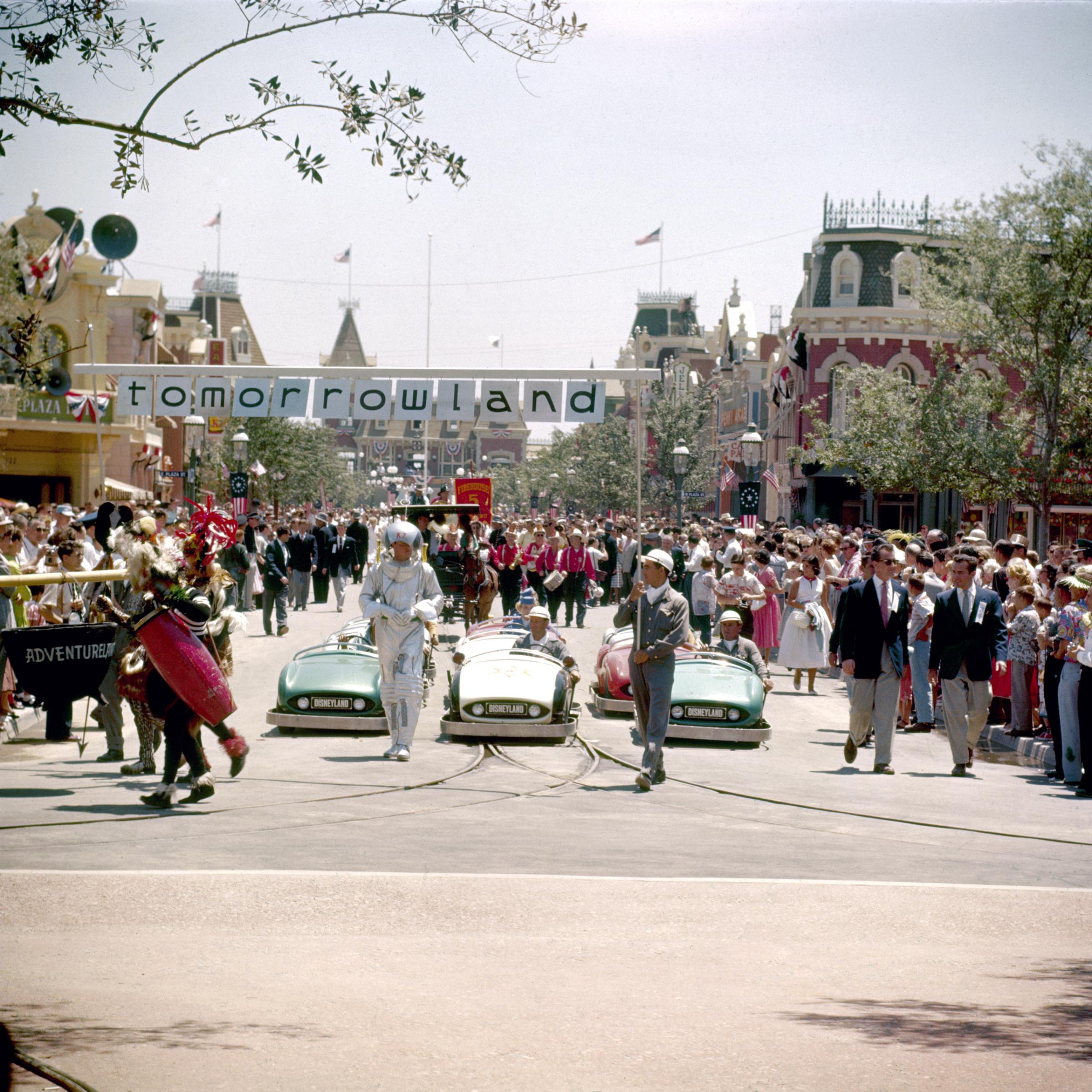
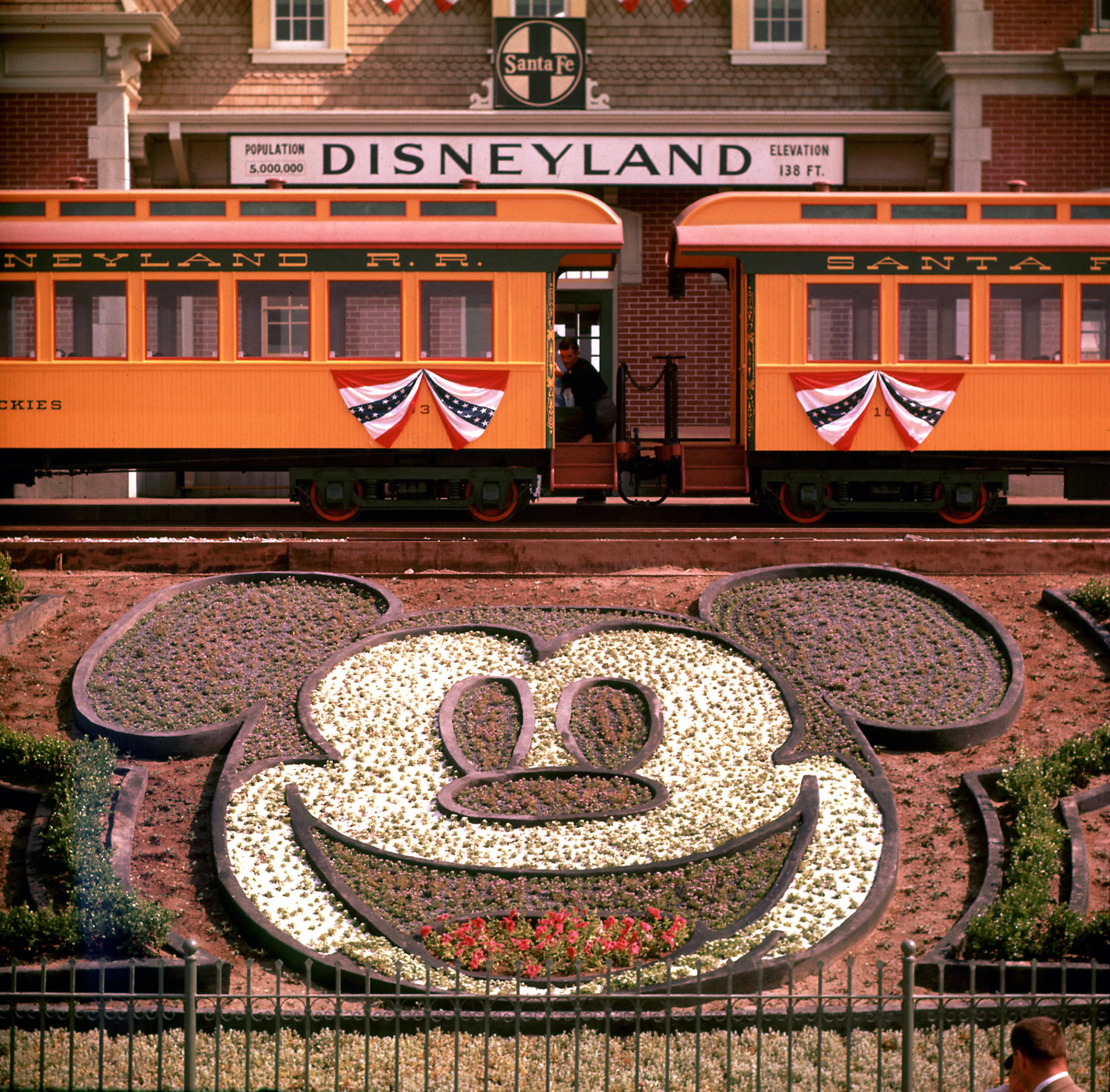
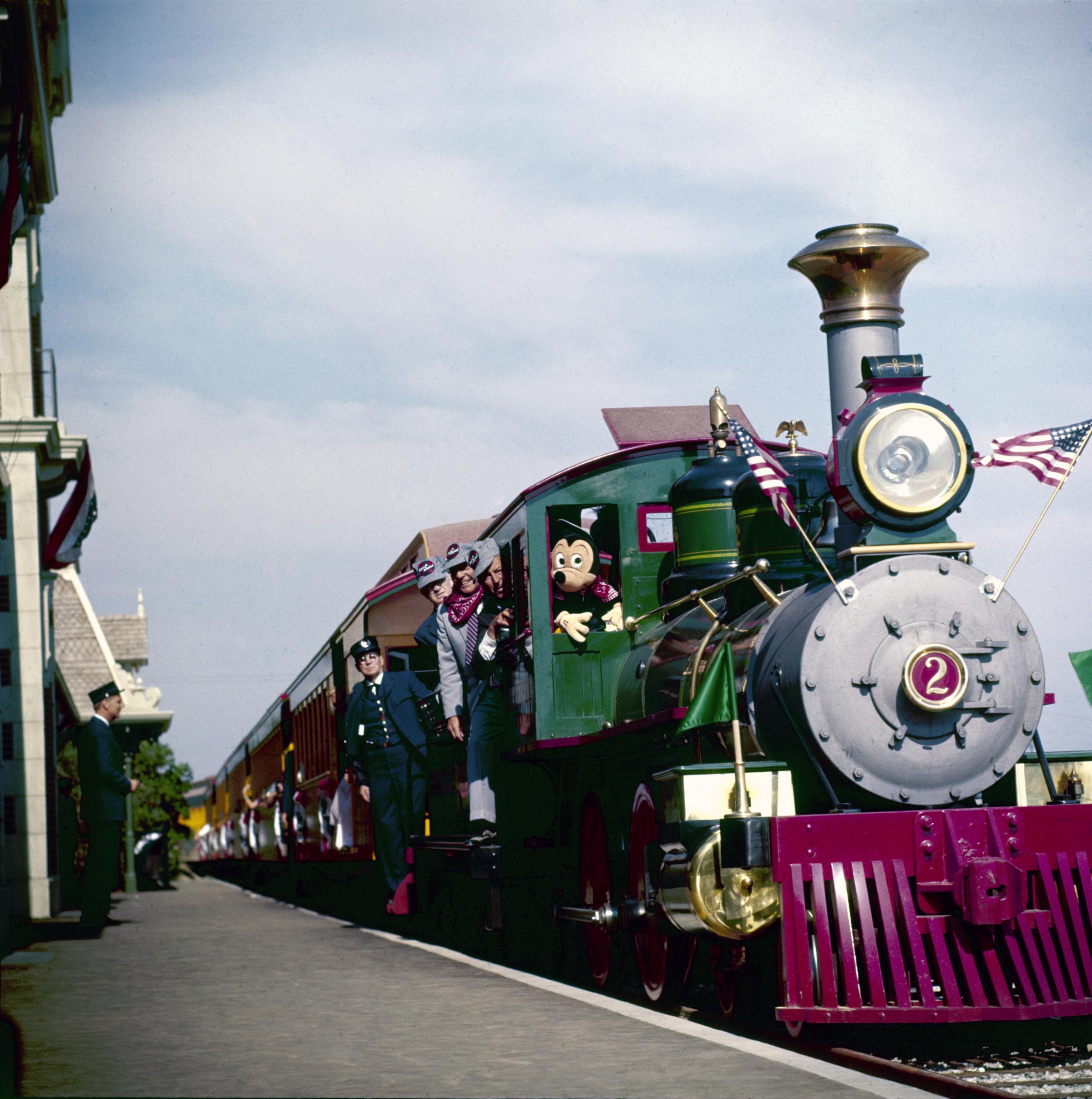
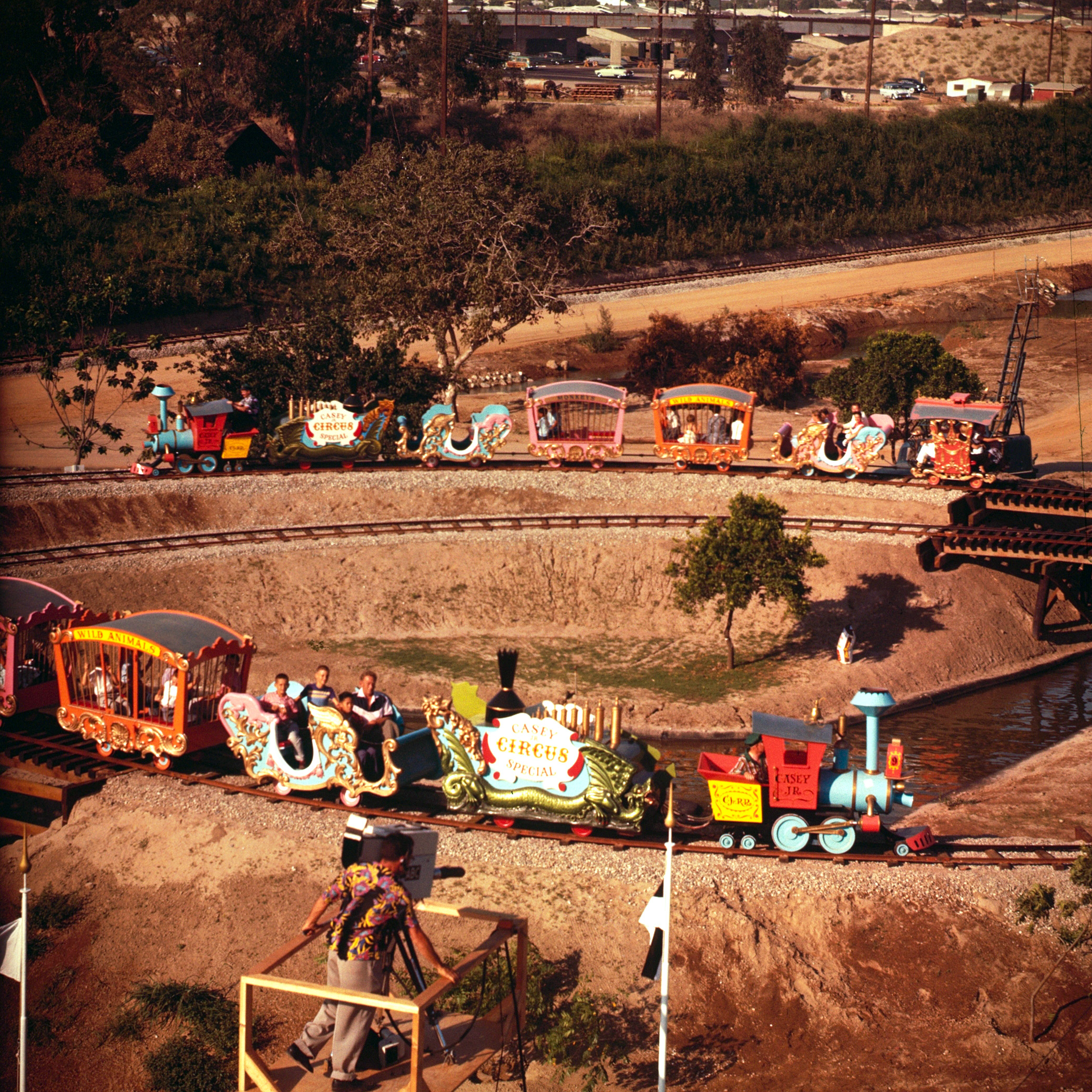
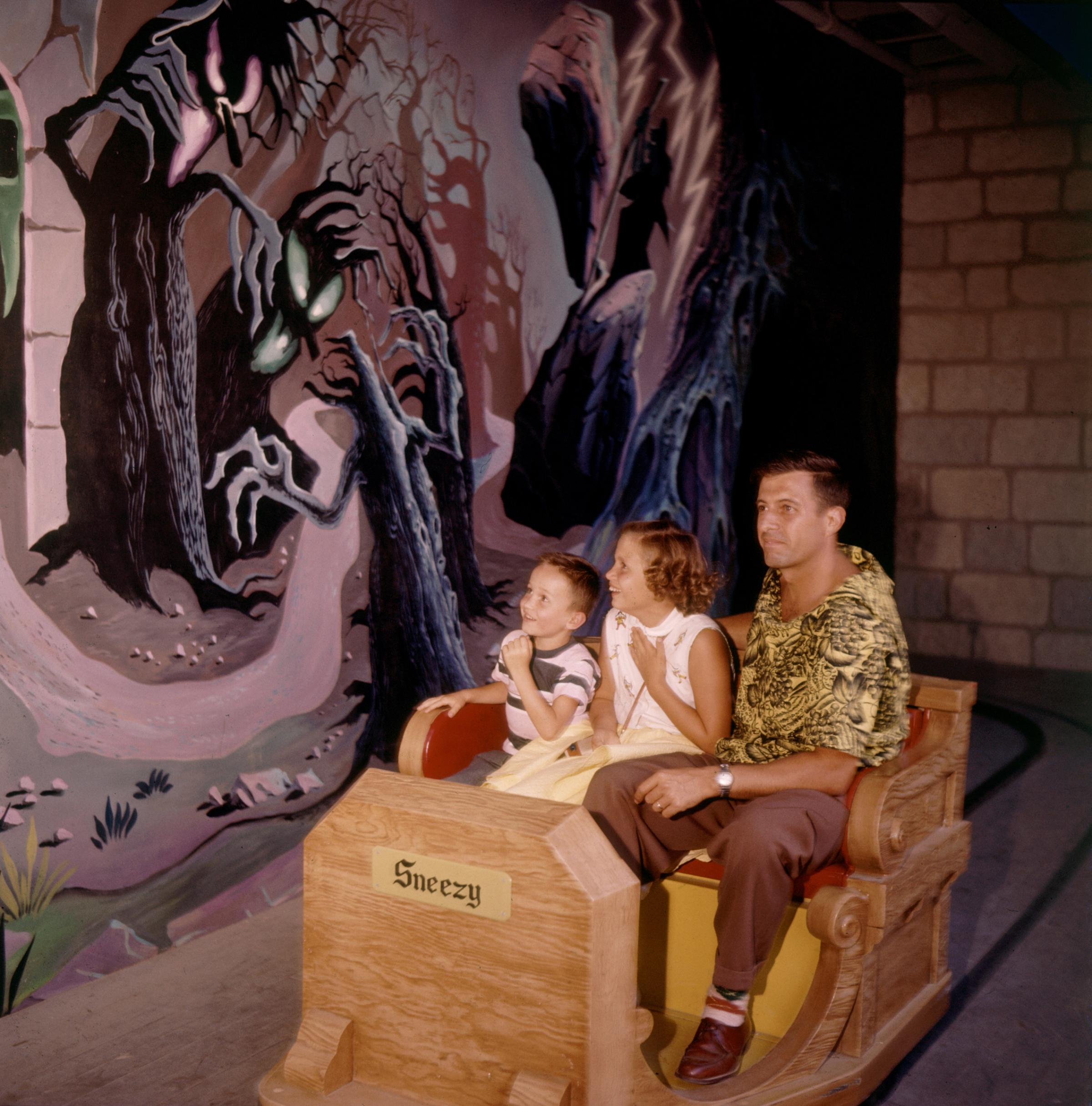
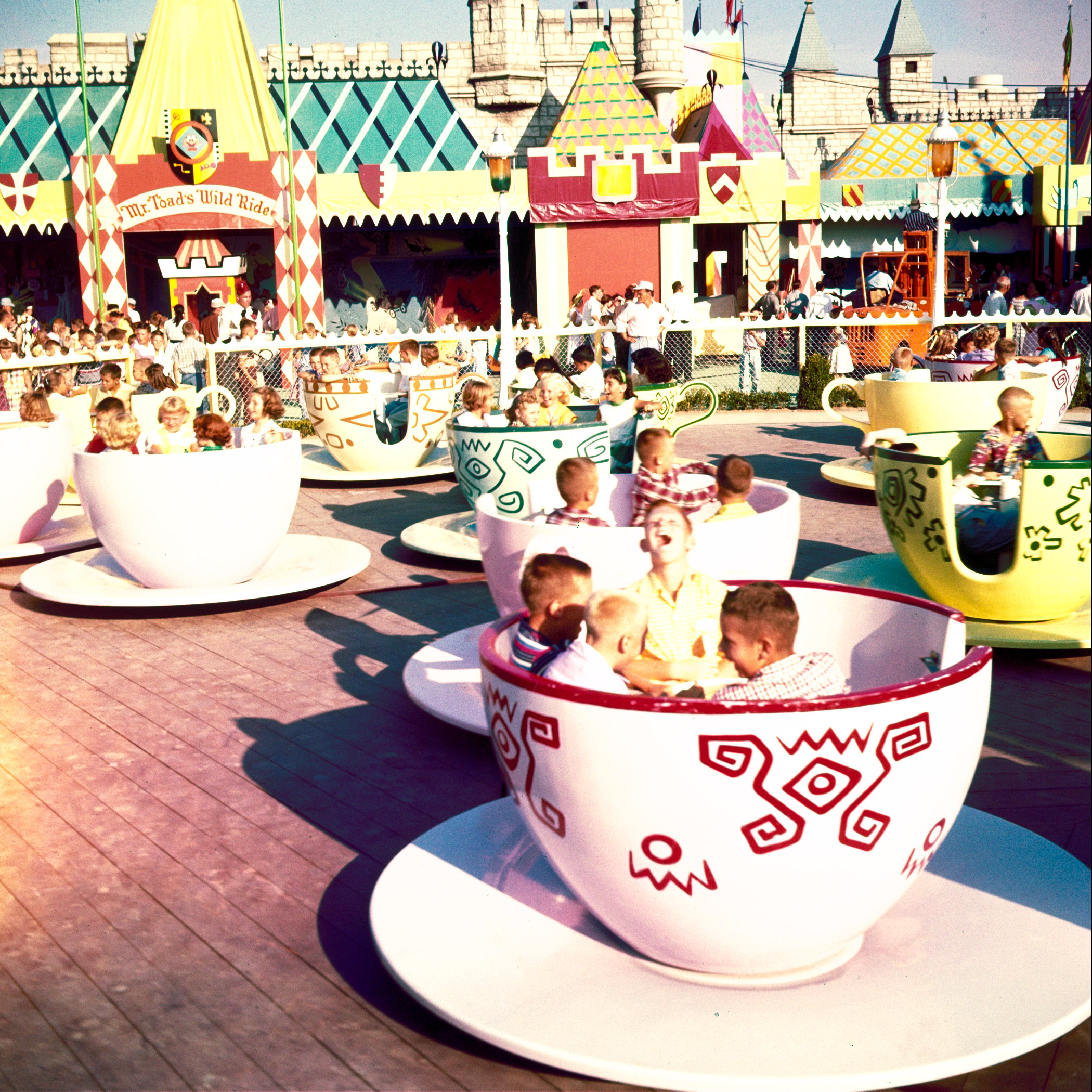
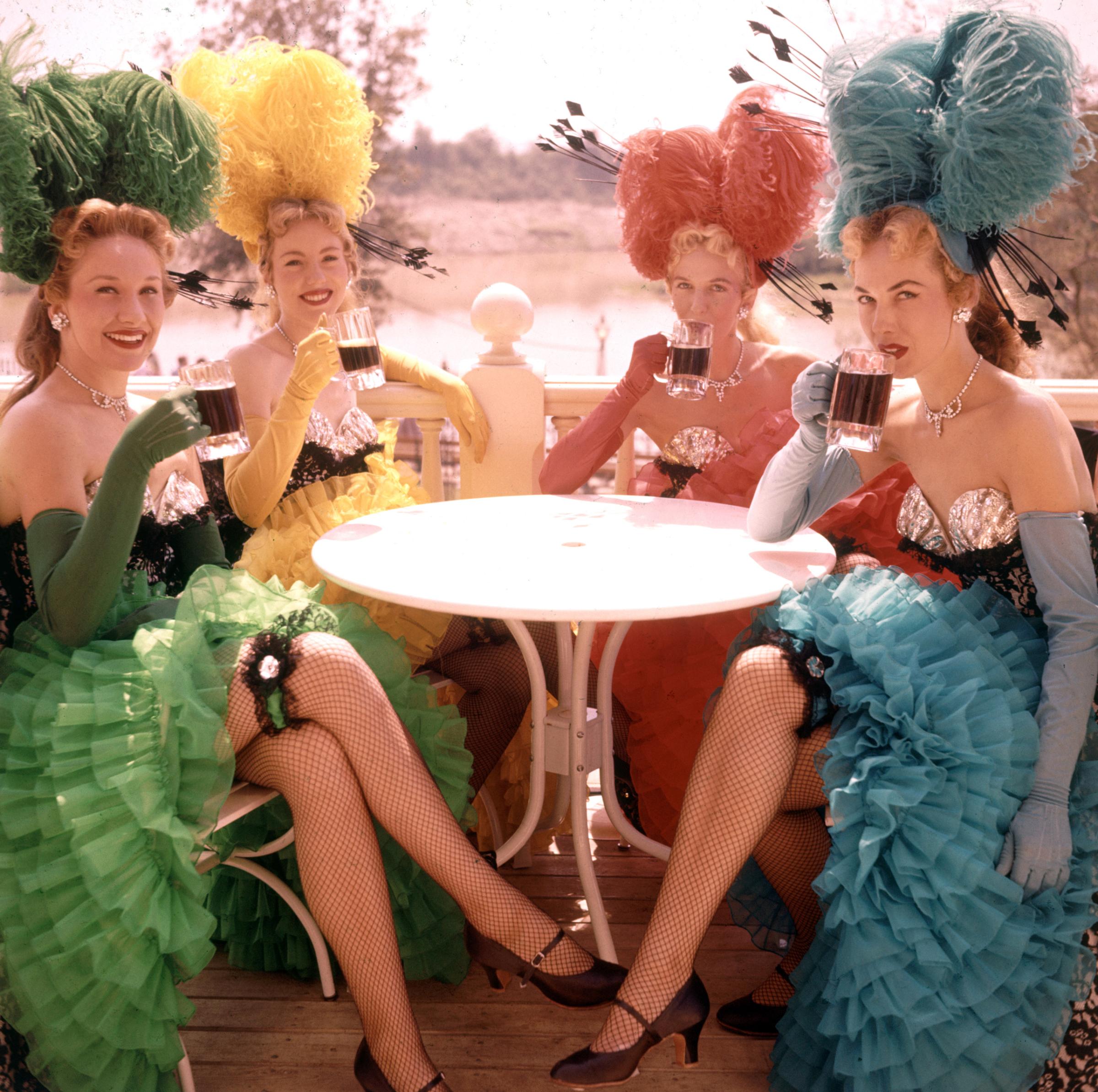
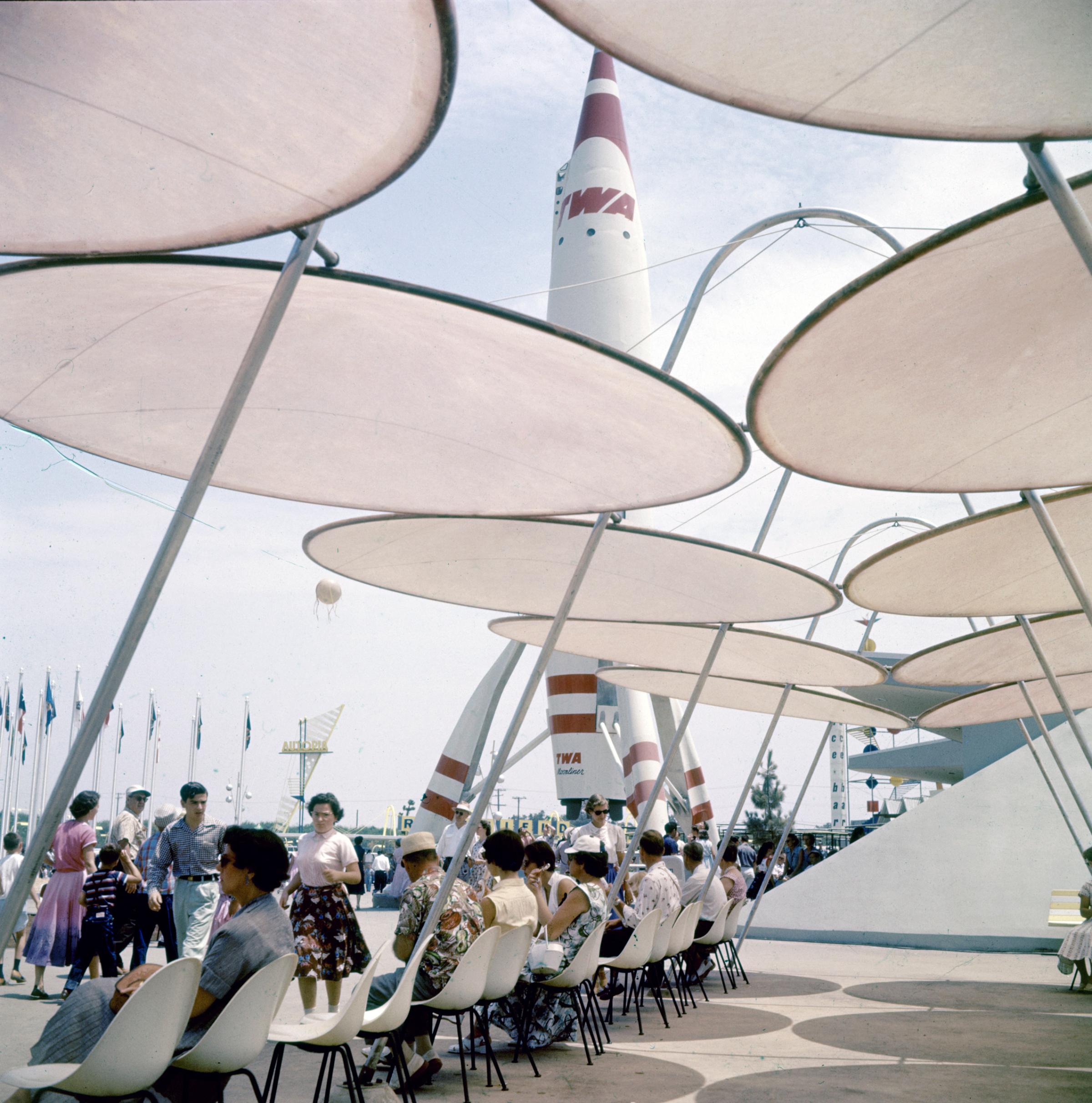
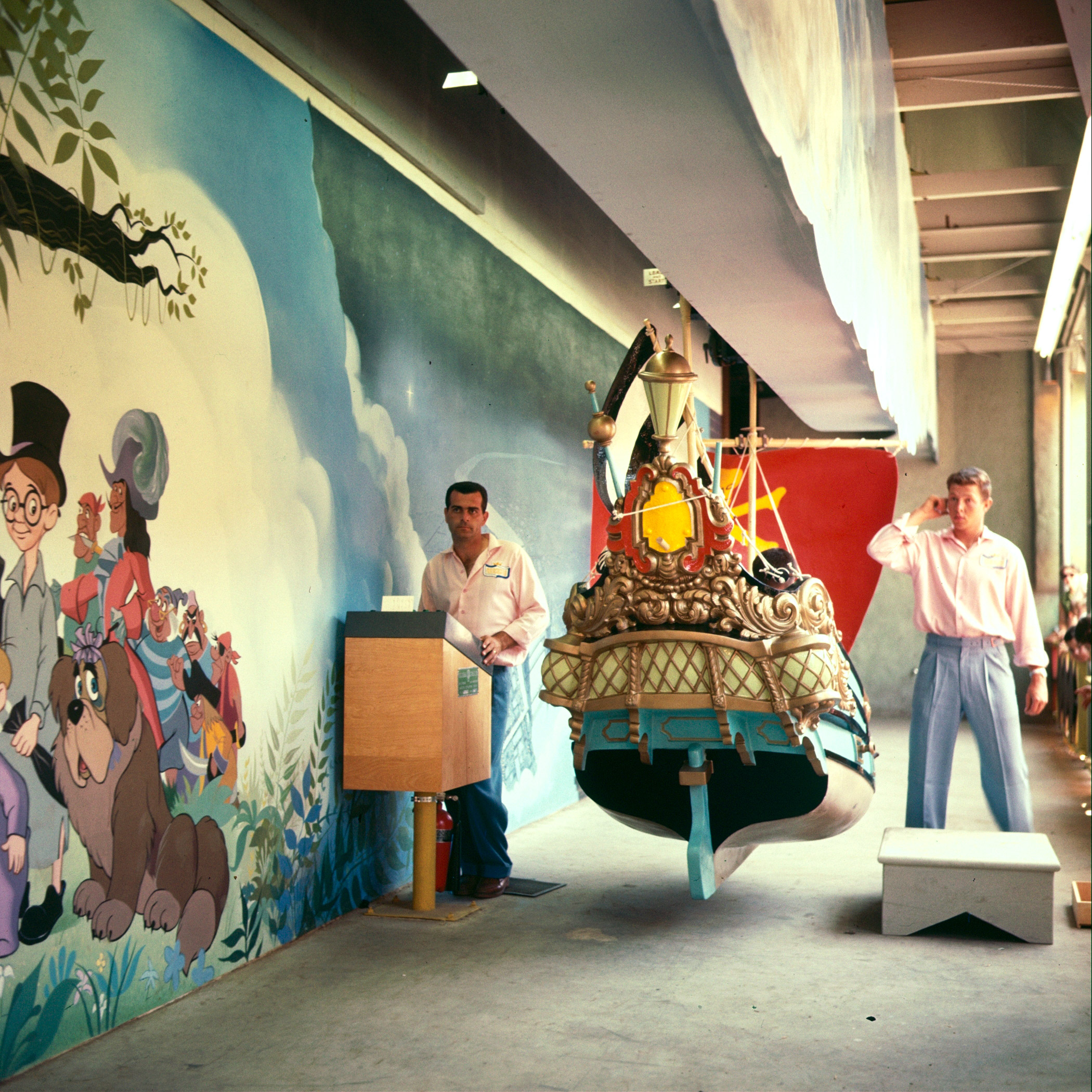


Walt found little creative satisfaction in this work, but some of his old enthusiasm returned with the making of 1943’s Victory Through Air Power, based on a 1942 nonfiction book that aviation aficionado Walt had become enamored with. (At one point in the film, an animated woman is shown reading a copy of LIFE at the beautician’s, saying, “Jeepers! The President wants 50,000 planes a year!”)
Victory was, however, a flop, and the studio made slim profits from its government endeavors. After the war ended in 1945, the cash-strapped Walt announced: “We’re through with caviar. From now on it’s mashed potatoes and gravy.” Desperately needing a hit, Walt returned to his Marceline paradigm, focusing on folksy Americana instead of European folk tales in a little picture called Song of the South.
Based on the Uncle Remus stories by Joel Chandler Harris, the film was set in the South in the late 1800s. Initially concerned that it might seem racially insensitive, Walt solicited the input of black leaders, who warned him against featuring, for instance, happy slaves singing songs.
But Walt followed his own instincts—and the finished film did show happy black sharecroppers singing songs. (“Let the rain pour down! Let the cold wind blow! Gonna stay right here in the home I know!”) To make matters worse, the film’s November premiere was held in Atlanta, Georgia, which remained segregated, meaning that James Baskett, who played Uncle Remus, could not get a hotel room.
MORE: See Video of Walt Disney Preparing for Disneyland’s Opening
Instead of the comeback Disney had envisioned, the film made only a small profit. It was also controversial, leading to the charges of racism that—along with anti-Semitism— dog Walt’s reputation to this day. (Song of the South is the one Disney film never issued on DVD in the U.S. and remains a corporate embarrassment: Disney’s elephant in the room . . . one that doesn’t fly.)
Walt’s insensitivity—or was it naïveté?—surfaced once again in 1947, when he became a “friendly” witness before the House Un-American Activities Committee, baselessly calling the men who’d walked out on him six years before “communists.”
Once again, the Disney brand was in the doldrums, dominated by pleasantly unexceptional fare such as Fun and Fancy Free (1947) and Melody Time (1948). Damning with faint praise, LIFE called the second half of 1949’s The Adventures of Ichabod and Mr. Toad “good enough to convince Disney admirers that the old master can still display all the bounce and vitality that he had before the war.” Though the great Soviet filmmaker Sergey Eisenstein thought 1946’s Make Mine Music was “absolutely ingenious,” Walt knew the work wasn’t his best.
There were a few high points—commercially, at least—in the years that followed. In 1948, a faked live-action documentary, Seal Island, became the first in a series of successful True-Life Adventures. And 1950’s Cinderella was an unexpected hit. But Walt could only see what was wrong with it, mostly flaws that were the result of cost-cutting. He said he would never make anything as good as Snow White, according to biographer Neal Gabler—even though his focus wasn’t on the movies anymore.
Instead, he had become preoccupied with trains.

Read the rest in LIFE’s new special edition, Walt Disney: From Mickey to the Magic Kingdom, available on Amazon.
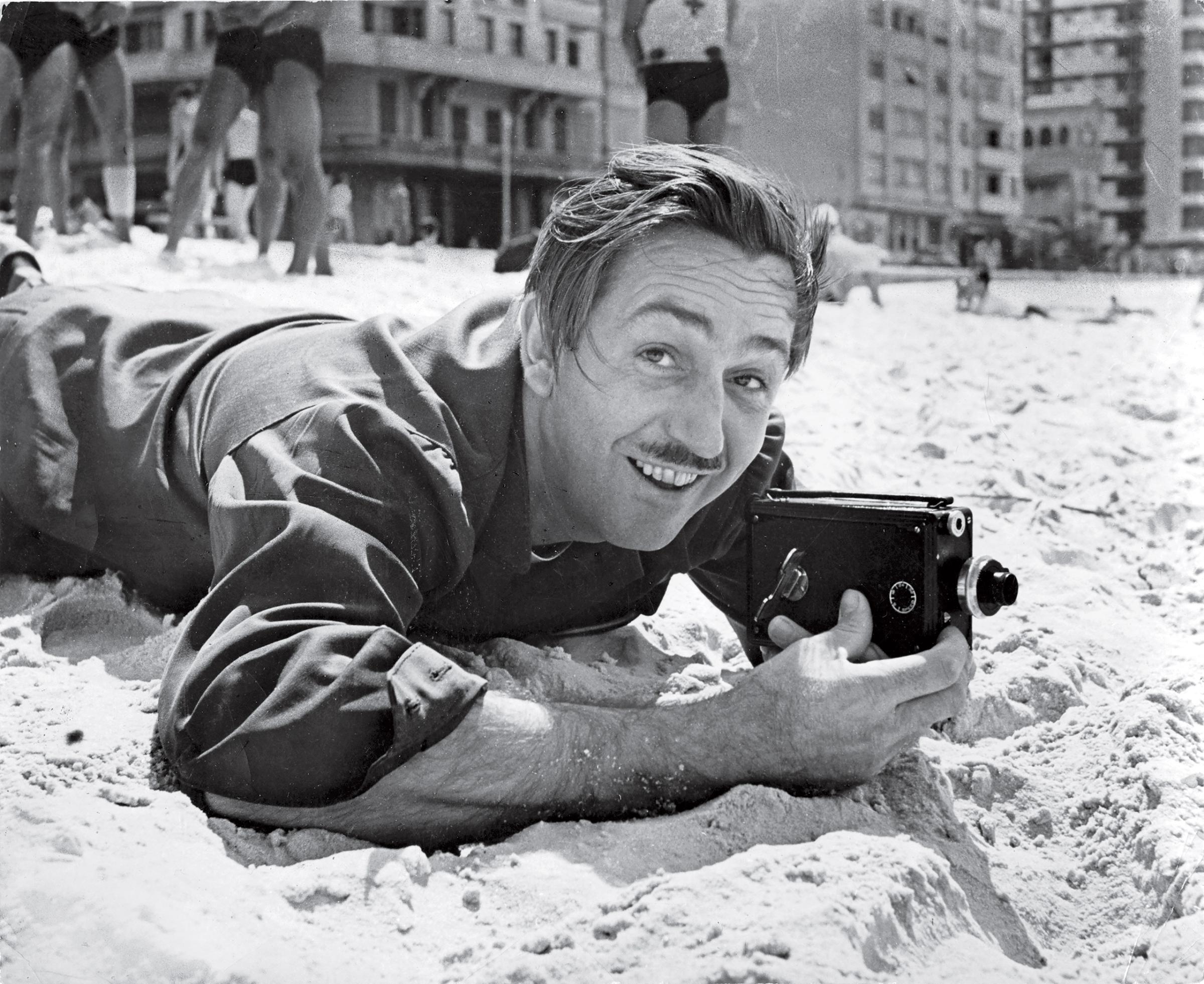


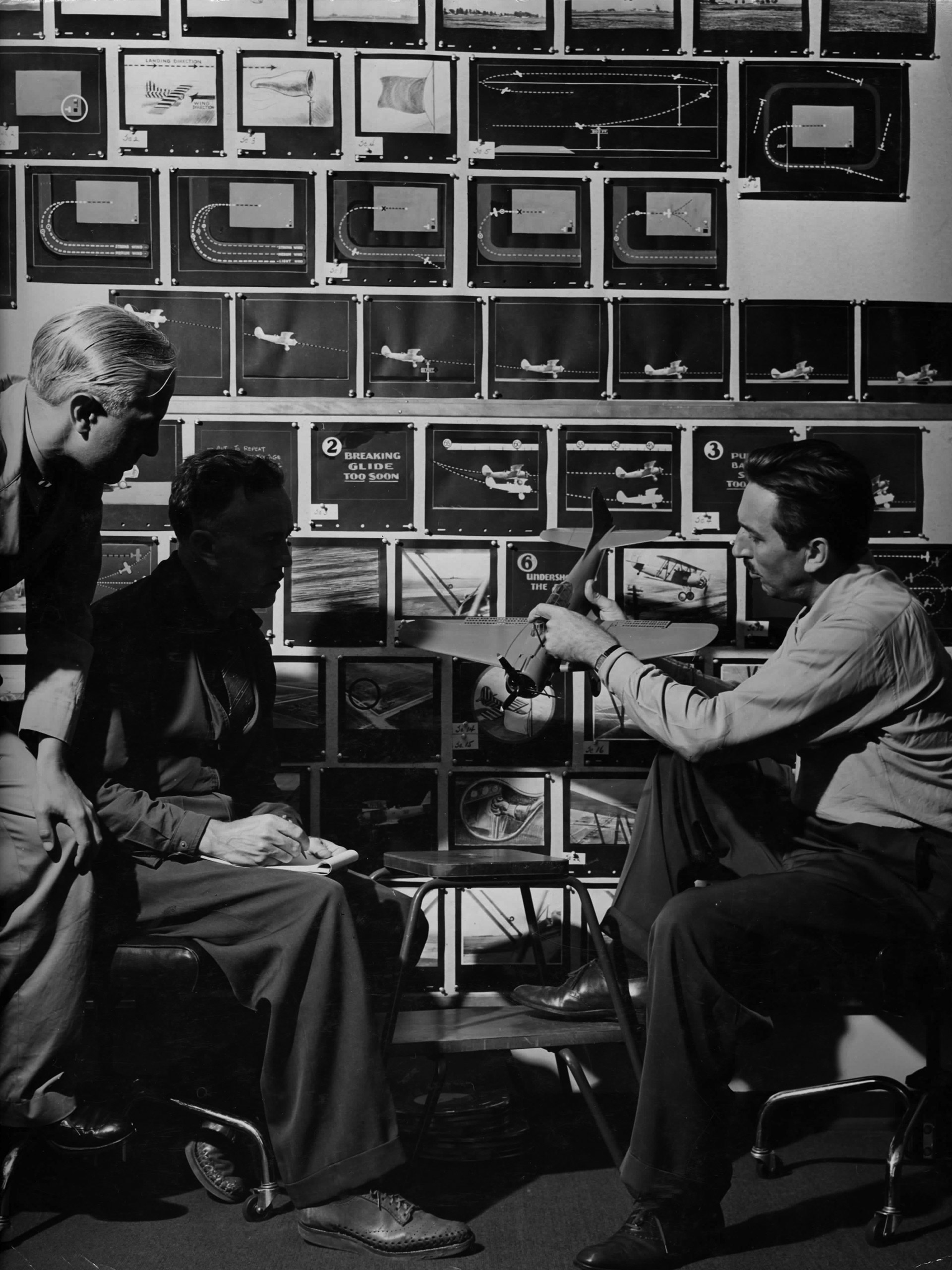

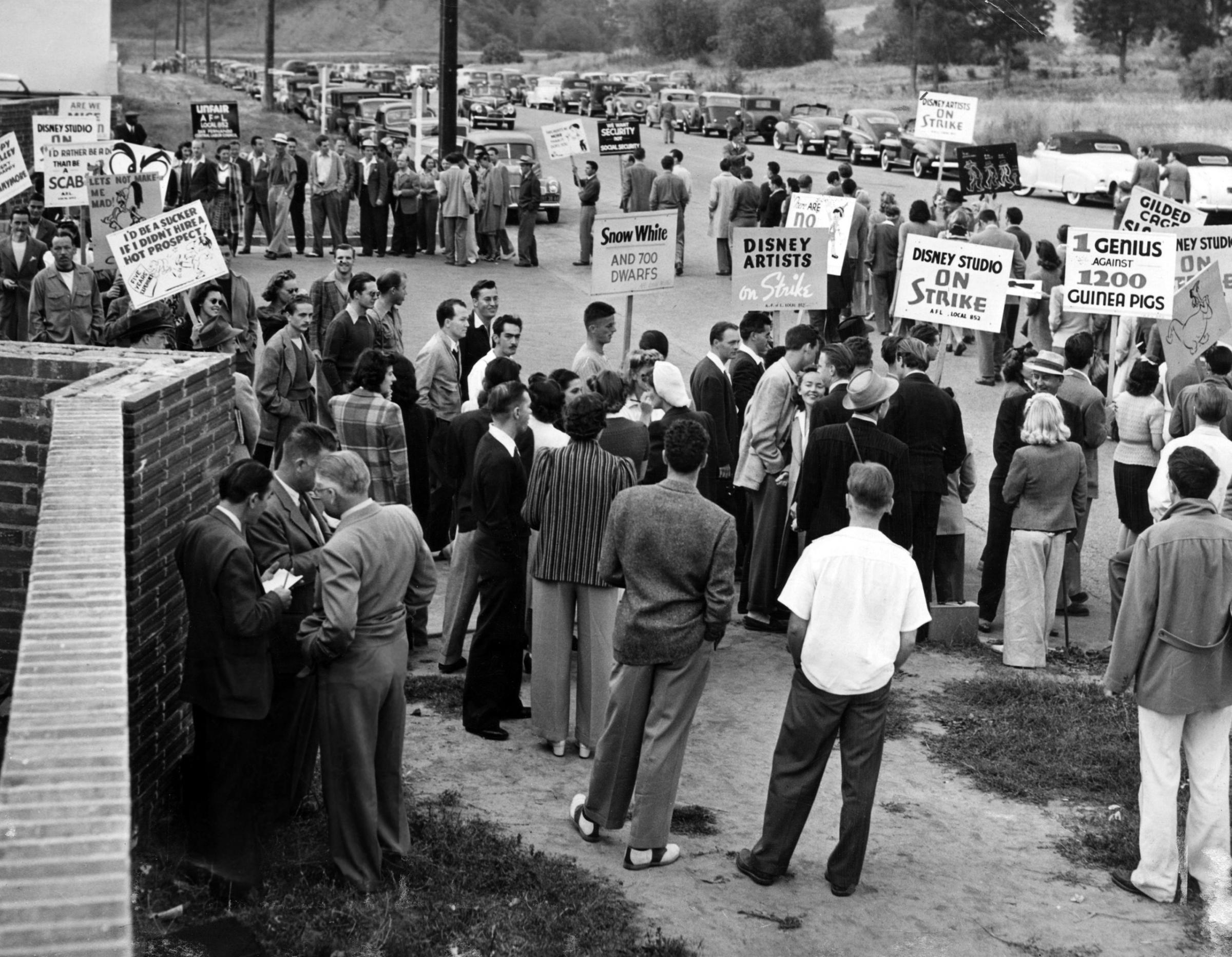
More Must-Reads From TIME
- The 100 Most Influential People of 2024
- The Revolution of Yulia Navalnaya
- 6 Compliments That Land Every Time
- What's the Deal With the Bitcoin Halving?
- If You're Dating Right Now , You're Brave: Column
- The AI That Could Heal a Divided Internet
- Fallout Is a Brilliant Model for the Future of Video Game Adaptations
- Want Weekly Recs on What to Watch, Read, and More? Sign Up for Worth Your Time
Contact us at letters@time.com